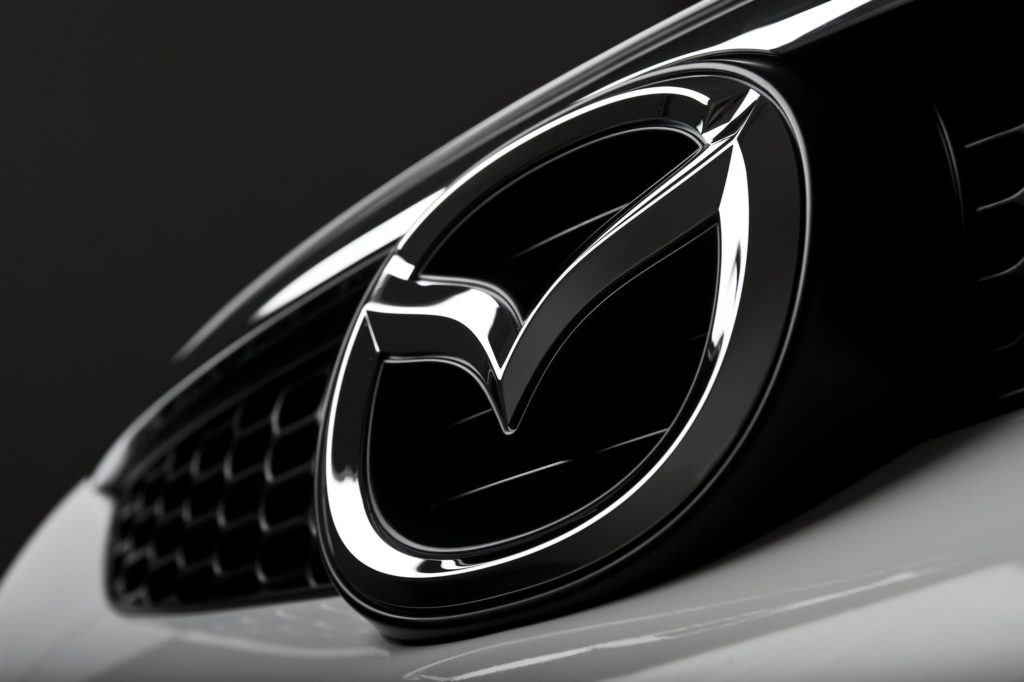Mazda plans for electrification to avoid EU emission penalties
12 November 2018

12 November 2018
Japanese vehicle manufacturer Mazda is pushing forward with its plans to introduce electric vehicles (EVs) to help avoid penalties based on CO2 levels in Europe.
The company plans to introduce a number of new EVs by 2021. However, this will be too late to avoid breaching existing CO2 targets, due to the large numbers of SUVs on its current fleet. Recent EU legislation has made these restrictions even tighter to 2030, meaning manufacturers must invest in electrification to avoid financial penalties.
Among Japanese companies selling vehicles in Europe, Mazda is hardest hit by the CO2 regulations, with average CO2 emissions exceeding EU targets in 2017. Avoiding fines is important for the company as it looks to reverse an earnings decline caused by weak global car demand and the floods in Japan this year that disrupted production at its domestic plants.
Last month, Mazda said it would revamp its line-up, saying all of its vehicles will offer an electric version by 2030. Speaking to reporters, CEO Akira Marumoto said a majority of these vehicles would be mild hybrids where the electric motor assists the engine. The company will begin this transformation at the Los-Angeles motor show, with the new Mazda 3 built on its next-generation Skyactiv platform.
Technology knowledge
Mazda is one of the last pioneers of the rotary engine, with a 1.3-litre version found in its RX-8 model until its discontinuation.
The company recently announced that it would launch two EVs, one powered solely by battery power, while the other would use a rotary engine as a range-extender, bringing the technology back to the company’s fleet.
The range-extender will recharge the battery when necessary to increase the vehicle’s driving range, eliminating the range anxiety which continues to trouble a high percentage of battery EV users.
In a statement, the company states that the rotary engine’s small size and high power output make multiple electrification technology solutions possible via a shared packaging layout. Taking advantage of the rotary engine’s compatibility with gaseous fuels, the rotary-powered range extender is designed to also burn liquefied petroleum gas and provide a source of electricity in emergencies.
Expecting that internal combustion engines combined with some form of electrification will account for 95% of the vehicles it produces in 2030 (with battery electric vehicles accounting for the remaining 5%), Mazda will continue to focus on maximising the efficiency of the internal combustion engine, as exemplified by its new, new-generation Skyactiv-X petrol engine, which combusts through compression ignition.
The company adds: ′Mazda is committed to reducing its corporate average ‘Well-to-Wheel’ CO2 emissions to 50% of 2010 levels by 2030, and to 90% by 2050. But the company is also committed to the principal of the right solution at the right time and since energy availability and automotive power source fitness vary from region to region- in the right place.’
In September last year, Mazda entered into a joint-venture with Toyota and Denso to develop EV technology. The group will form a new company, EV C.A. Spirit Co., and each will provide engineers to ensure efficient uptake of technology and integration into each manufacturer’s production plants